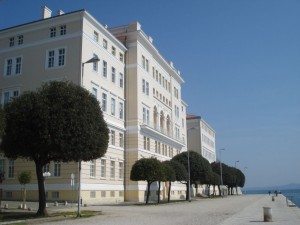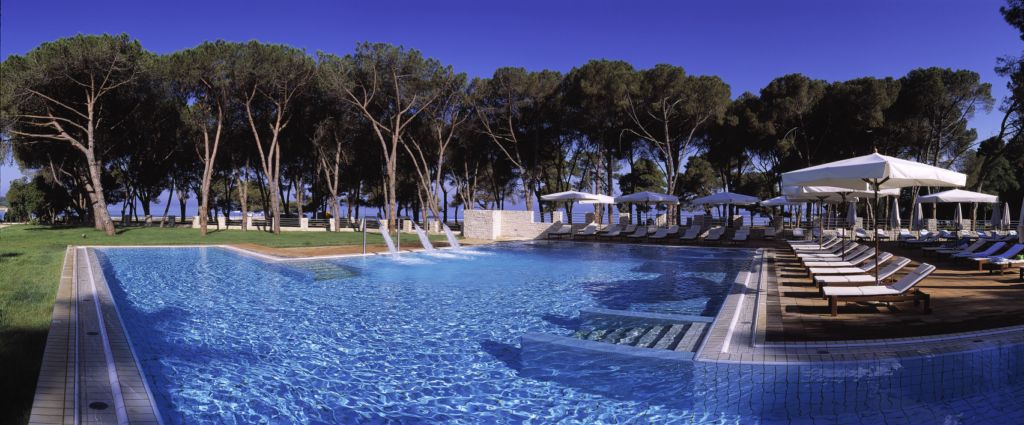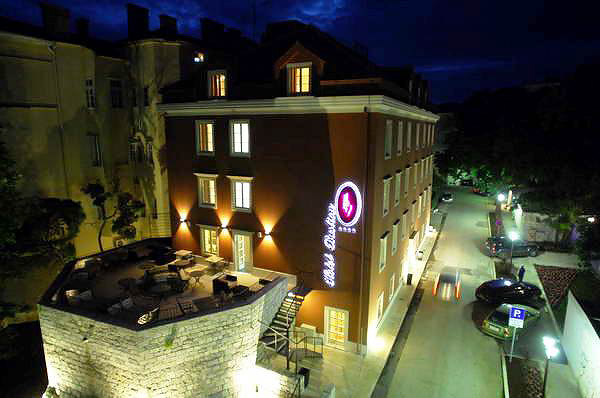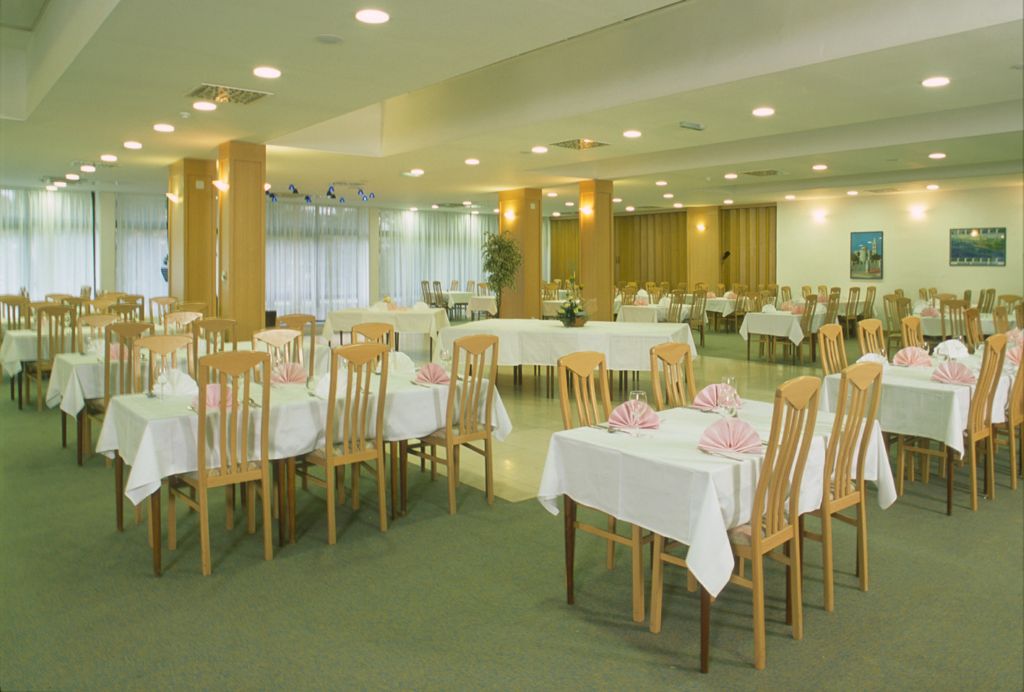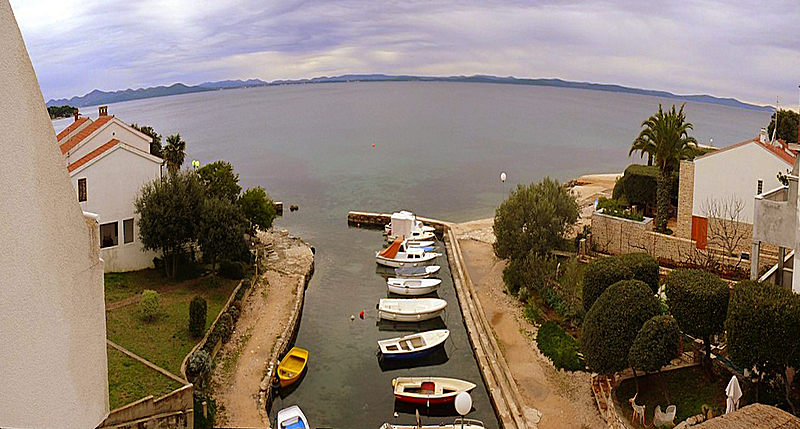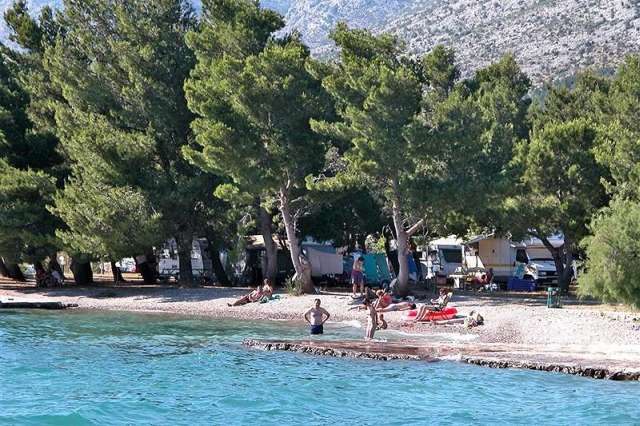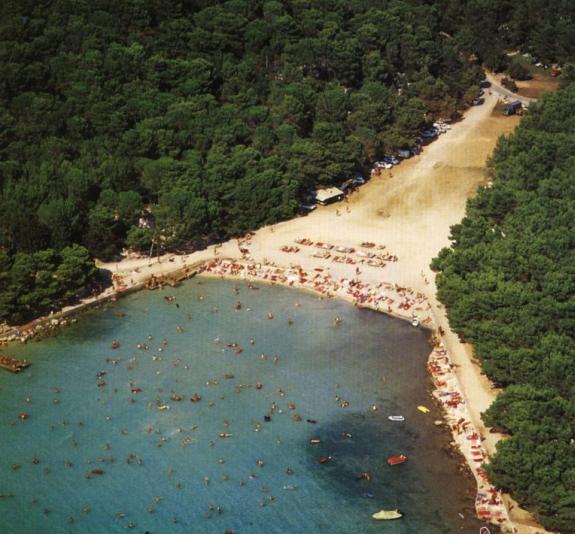Zadar sights to see
This round pre-Romanesque church dates from around the 9th century and has become a sort of symbol of Zadar. It’s largely empty inside but the excellent acoustics have made it Zadar’s premier concert hall.
Roman Forum
Zadar’s Roman Forum is located in front of the Church of St. Donatus and the Archbishop’s Palace. It was constructed sometime between the 1st century B.C. and the 3rd century A.D. but was dedicated during the reign of the Emperor Augustus, as evidenced by one of its cornerstones. The Forum included a temple consecrated to Jupiter, Juno, and Minerva, and it had meeting rooms and other “offices” that sat above subterranean shops and workshops. The Forum’s paving stones are still there, as is a stairway leading inside, some walls, and one of a pair of huge columns. The tall stone stand-alone column is known as the “Pillar of Shame,” and was used to punish and humiliate transgressors during the Middle Ages. The Forum ruins weren’t discovered until the 1930s, and the site was damaged during World War II when Allied troops bombed the city.
Church of St. Mary
This 11-century convent, an Orthodox church built upon a Roman temple, has what is perhaps Zadar’s most valuable collection of historical pieces. Hidden by resident Benedictine nuns during wartime, the permanent exhibition is awash in Byzantine-era gold and silver, and includes paintings, reliquaries, crosses and embroidery spanning 1,000 years.
St. Anastasia’s Chatedral
It’s the biggest cathedral in Dalmatia, dating mostly from the 12th century and built on the site of an early Christian church. The facade is adorned with rows of blind arcades which stress the three-aisle structure. The large rose-window is Romanesque and the smaller one above it is in the Gothic style. The relics of St Anastasia lie in a marble sarcophagus on the altar in the left apse. Bishop Donat commissioned the repository in the 9th century.
Church of St. Simeon
The church was mentioned for the first time in 1190 but most of it dates from the 16th and 17th centuries. The facade was finished in 1632 and the bell tower dates from 1707. Inside is the sarcophagus of St Simeon, a masterpiece of medieval craftsmanship. The tomb was commissioned in 1377 and built by a local goldsmith and his assistants. The coffin is made from cedar and gilded inside and out with pure silver. The scenes depict the legends and miracles of the saint.
The Sea Organ
This combination art, musical architecture and science project, located on Zadar’s northwestern point, won the 2006 European Prize for Urban Public Space. Under stone steps, which disappear into the water, 35 pipes continually blow the notes of an unpredictable concert based on the sea’s undulations and the ensuing air pressure.
Museum of Church Art
Located in the Benedictine monastery just opposite Saint Donat, this museum is devoted to all sorts of religious art including reliquaries, paintings, sculpture and embroidery. The collection is truly impressive.
Tags: Bastion, history Zadar, Sights


